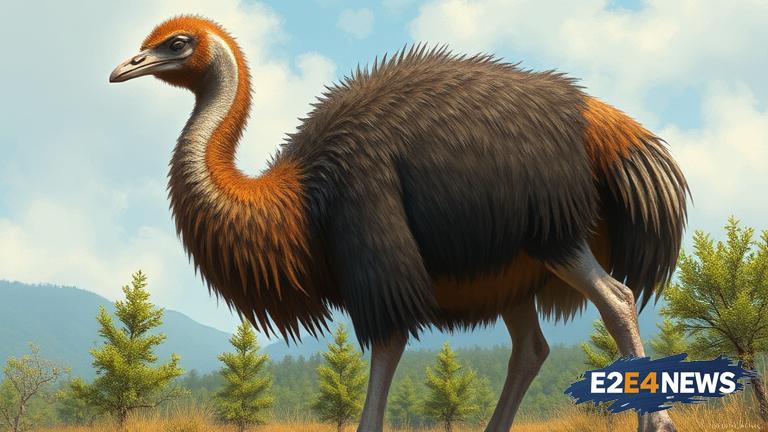Colossal Biosciences, renowned for its innovative approach to de-extinction, has announced an ambitious project to revive the giant moa, a species that has been extinct for approximately 600 years. The moa, a large flightless bird once native to New Zealand, was driven to extinction primarily due to overhunting by early human settlers and habitat destruction. Colossal’s strategy involves sequencing the moa’s DNA from well-preserved bones and comparing it to that of modern birds, such as emus or ostriches, which are the moa’s closest living relatives. By identifying genetic differences, scientists plan to edit the DNA of these modern birds to resemble that of the moa, likely utilizing CRISPR technology. However, significant challenges lie ahead, including finding a suitable surrogate mother for the moa embryo, as the species has no close living relatives to serve this role. Ethical considerations are also paramount, with concerns about the moa’s ability to thrive in today’s environment and potential disruptions to New Zealand’s delicate ecosystem. Despite these challenges, the project offers potential ecological benefits, such as the moa aiding in seed dispersal and habitat modification, which could support other species. The long-term nature of this endeavor, potentially spanning decades, underscores the complexity and caution required. Colossal’s efforts highlight both the promise and pitfalls of de-extinction, sparking important discussions about science, ethics, and conservation. The project also involves collaborations with various institutions and includes insights from leading scientists, adding depth to the initiative. As the project progresses, it will be crucial to address both the scientific and ethical dimensions to ensure a responsible approach to bringing back the giant moa.
